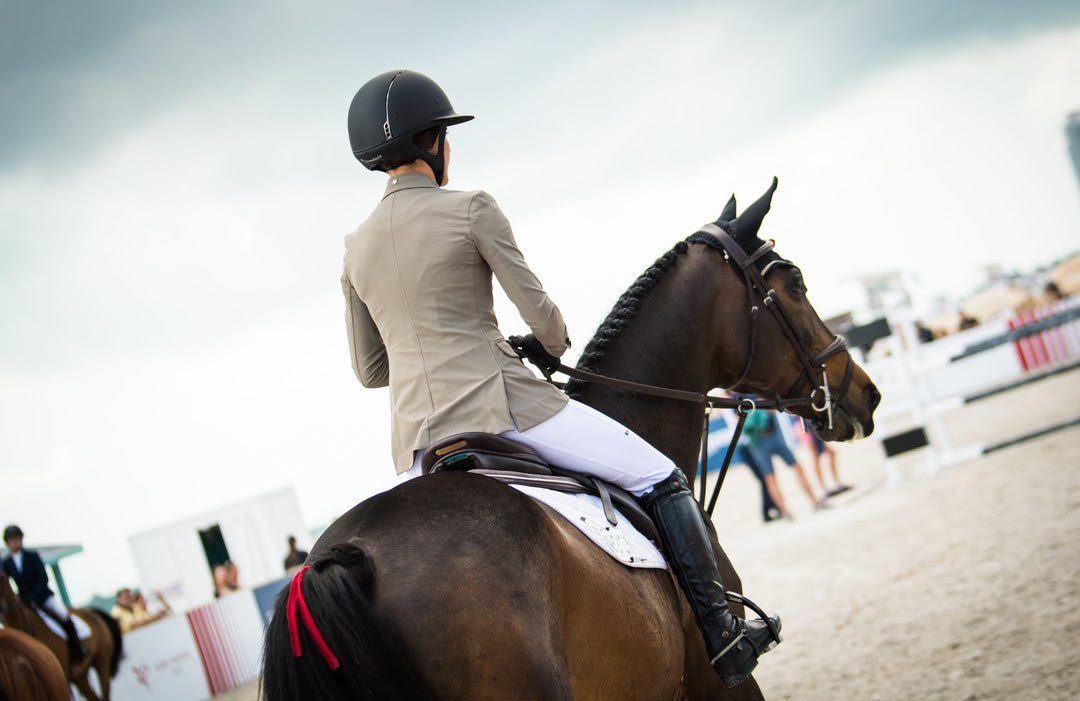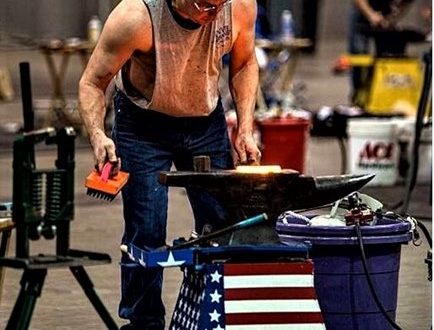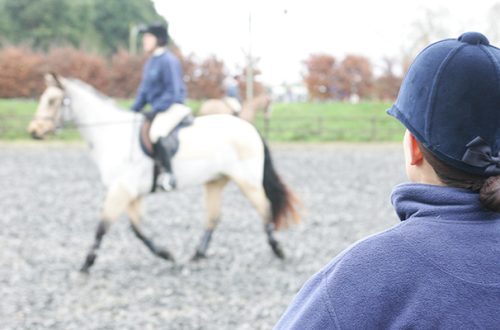
Continuation of the topic: 3 useful tips for working with “hot” horses

Photo: Noellefloyd.com.
Show jumper and trainer Simone Starnes knows all about training hot horses – she grew up working with them and now enjoys interacting with these horses, who have the unique qualities of real fighters on the tournament field. This summer, answering the questions of the master class participants, she shared three golden rules of her work.
1. Eliminate pain and health problems
First of all, think about biomechanics. If the horse is overreacting to your aids or jumping on sideways, rule out physiological causes first. Pain in the knee or hock? stomach ulcer? Talk to your veterinarian to find out what might be causing the pain reaction. This is where to start with any horse (sensitive, nervous, depressed or angry).
2. You will never be strong enough to overcome a hot horse.
A lot of my students think it’s all about strength. But you must be able to isolate different muscle groups and focus on individual muscles when you need to. For example, sometimes when people try to hold on tight in the saddle, they become tense and begin to pull the horse with their hands. Remember, with a good and correct fit, you will work gently with your hand.
Mentally separate the body from the arms and lower leg. Imagine that the strength of your body comes from the shoulders, leaving the hand soft. Then imagine this force moving down through your legs and down to your knees, leaving the lower leg relaxed. Your position now allows you to keep your hand calm and soft. If you don’t feel contact, use your leg to push the horse into the reins.
3. Gymnastics will help you
My key to hot horse work is gymnastics. Gymnastics is always good. And not so much for the horse, but for the rider – it helps him concentrate on his seat, relax and feel the balance.
In fact, I consider gymnastics to be the key to my work. If you only have one day for jump work and you want to make the most of it, include gymnastic exercises in your workout program. For example, a row of keys set at the same tempo.
Another useful exercise is working on poles at a canter. For hot horses who are always in a hurry, this helps maintain an even canter and teaches the horse not to run past the barrier.
With these horses, you need to try different methods of work and see if they bring results. Sometimes one way or the other does not work, and then you need to try something else. When you have a nervous horse, you learn to guess and feel a lot, because you want to come up with something that will work with him.
Source: Noellefloyd.com





